Mumbai City Secrets: A little street with a big soul
A walk through Chimbai in Mumbai, a model of resilience and peaceful coexistence
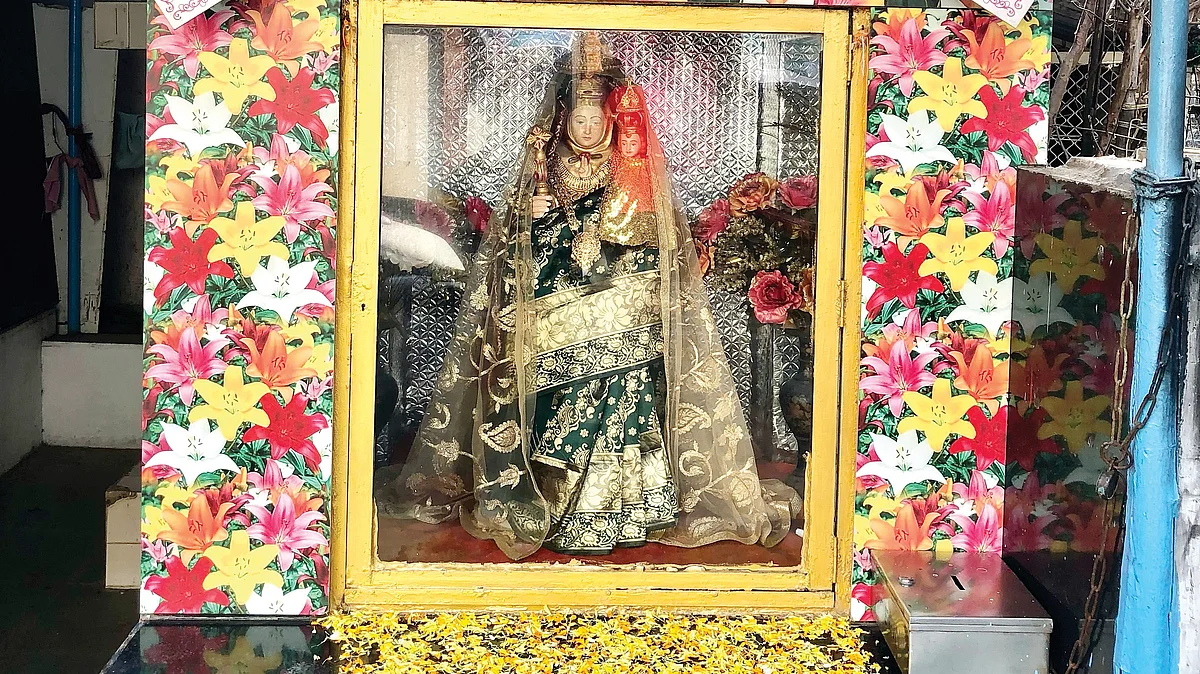
How often do you step into a lane and get lost in another era?
Chances are, not that often.
But this narrow stretch of a street in Mumbai can whisk you away to a time that’s long forgotten. Chimbai, a small fishing village in the heart of tony Bandra is one such gem of a city secret.
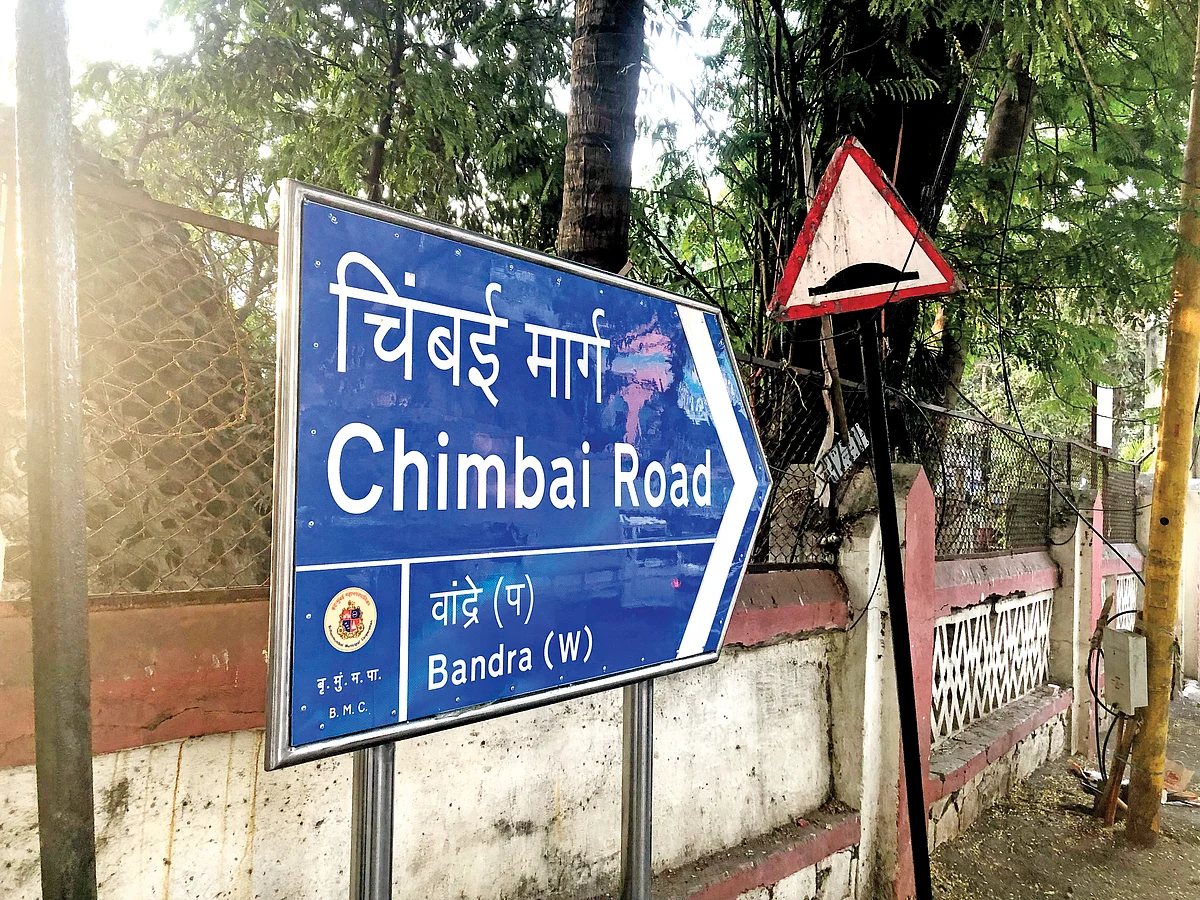
It is one of the oldest fishing villages in Mumbai and to date, it retains that characteristic charm of the Koli fishing community, mixed with a healthy dose of Bandra Catholic community life. It's a strip of land just by Chimbai Bay, where fishing boats still bob at high tide and Bandra’s once notorious pigs still rummage through the rocky shore.
There’s a lot happening here, and if you’re lucky enough to tune into the daily rhythm of the village, it can open up a world of stories to you. Chimbai is decidedly different from and, in more ways than one, equal to Bandra. Its dichotomy, I feel, is its most attractive quality.
History says that Chimbai is over 400 years old. From the way its higgledy-piggledy houses cram together, it certainly feels like it. It always amazes me how a village as small as this one can be home to so much.
At one end is the beautiful Saint Andrew’s church built in 1575 at the dawn of Christianity in the island city of Bombay. (To put that into perspective, the Taj Mahal was built in 1632.)
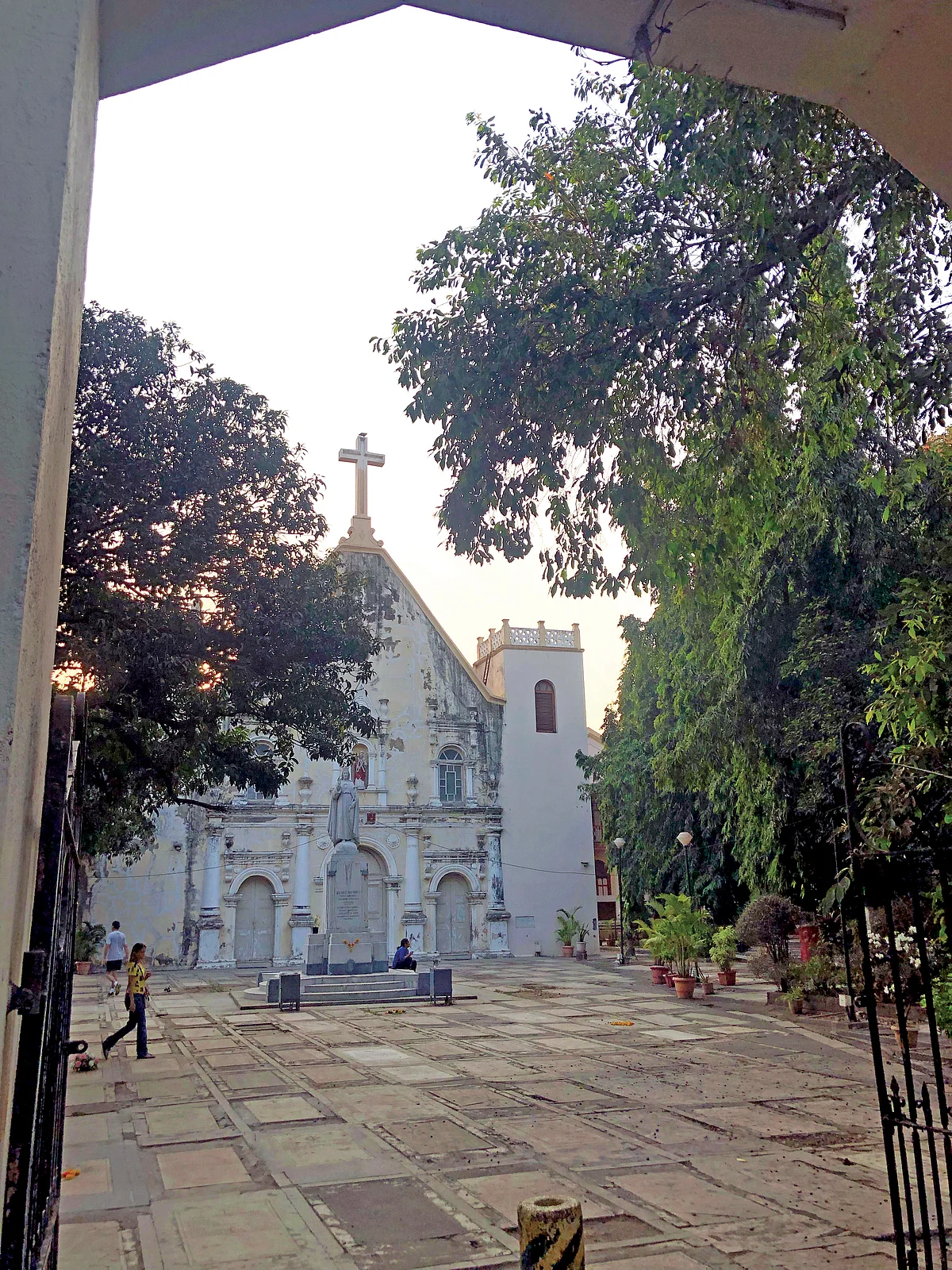
At the other end is the turn towards Jogger’s Park and a more walkable path to the Arabian Sea.
In between, there are settlements of East Indian Christian fishermen and Hindu fishermen, living side by side. Their respective faiths symbolised by crosses and temples, they have been co-existing, in fact thriving, here. That’s the wealth of history that you meander through.
Long-time residents of Chimbai talk about its beautiful beach, one of the most sought-after in Bombay. Now, sadly, pollution seems to reign supreme, and being a bay, Chimbai has tonnes of plastic washed ashore at high-tide. But that doesn’t dampen the spirits of a ‘Chimbaikar’.
For decades, Hindus and Christians have lived in harmony here, partaking in each other’s religious festivals with equal fervour. I’ve actually witnessed some beautiful fusion when it comes to celebrations of faith.
For instance, in September, before the feast of the Virgin Mary, a nine-day novena is held at the shrine to Our Lady that has stood on this street for decades. Hindus and Catholics come together every evening at 7 and recite the rosary together.
Those who don’t say the prayer stand silently and respectfully until the novena ends. A simple plate of goodies that everyone gets for attending the novena takes on the beautiful Hindu tradition of prasad. Except here, non-veg goodies are allowed. Chicken patties, wafers, boiled gram and a sweet or two come together on paper plates distributed by community members to all who wait in a well-behaved queue.
Also Read: The Sunday Special: What's on the menu?
Everyone stays on for a while and talks about their children, their lives and their day before dispersing. And even though this street is chaotic with rickshaws, bikes and cars passing through it, nothing fazes the gathered crowd.
On the eighth day, a grand procession takes place where the original statue of Mother Mary is bedecked in a floral palki and taken down the neighbouring streets. It’s a tradition that is as old as Chimbai. And while processions are commonplace in India, this one is special to me because the Hindu Koli women dress up, do an aarti for the statue of Mary and then each lady bows down, walks under the hoisted palki and out the other side while thanking Mary and praying for something special. It’s such a wonderful sight—this amalgamation of faiths and the unique rituals created by their overlapping.
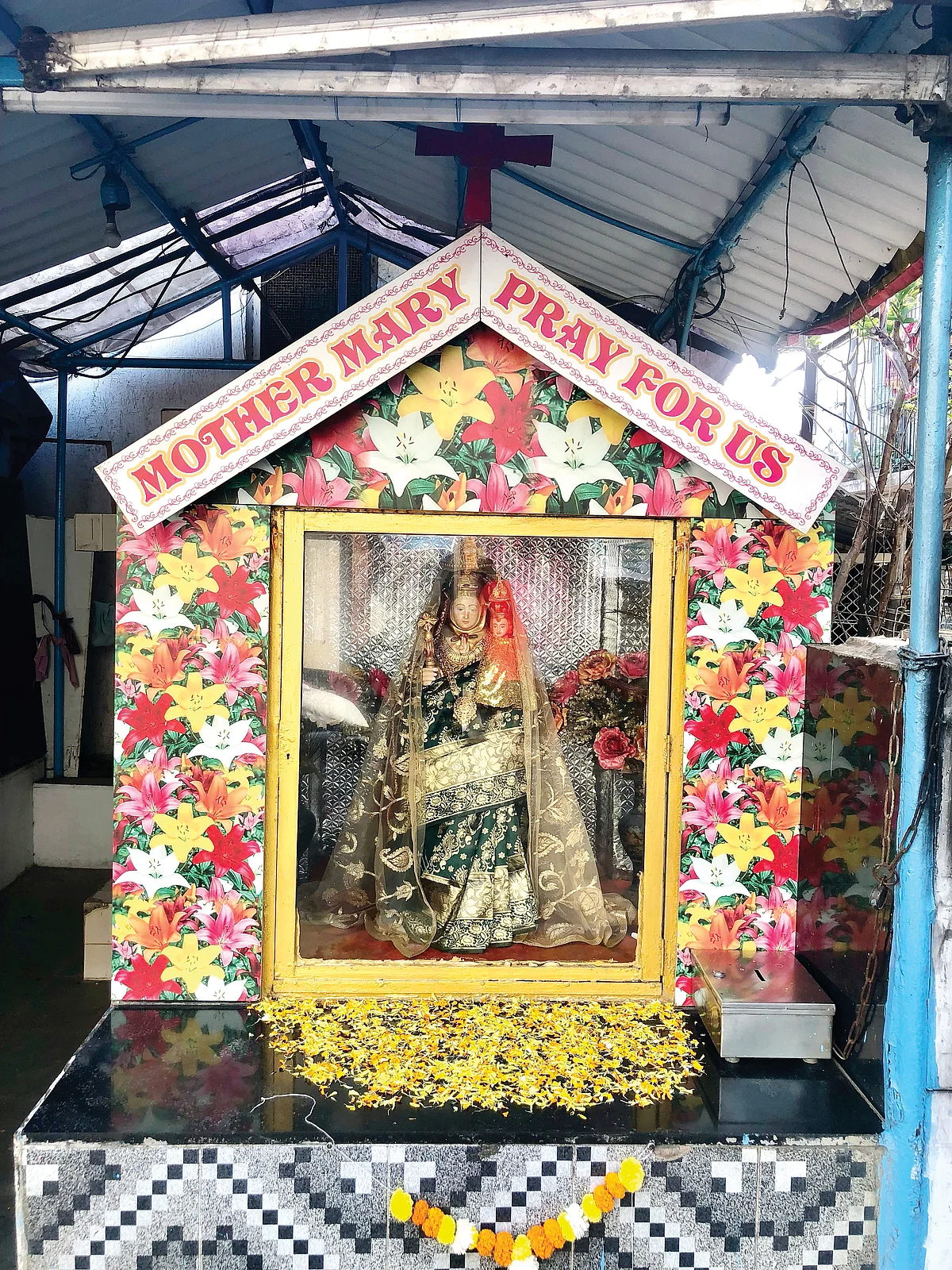
Chimbai also has an ancient Hanuman Mandir a few feet away from Mother Mary’s shrine. It seems like it was naturally formed between the hanging roots of an old banyan tree. Orange hues mark the outer wall of the temple and the roots of this tree. The devout visit every Saturday to pay their respects and local women take turns to make a sheera prasad which is shared with everyone passing by.
On one of my wanders, I met Indu. A Hindu lady, she is the only person trusted with the delicate task of draping a saree around the statue of the Virgin Mary in the shrine. Yes, in Chimbai, Mary wears a saree like the Koli women do.
Every week or ten days, this tiny lady fits herself into the sanctum of the shrine and painstakingly drapes a saree around Mary, adorns her with jewellery and fits a robe on baby Jesus. Indu considers herself extremely fortunate to be able to do this job, which brings her neither money nor fame. To her, being of service to Mauli (as the Kolis refer to Mother Mary) is blessing enough.
On regular days, Chimbai is no less interesting.
It looks barely capable of holding a single file of pedestrians, but it manages to pack in local fisherwomen selling the day’s catch; makeshift vada pav stalls; vegetable vendors who come all the way from Palghar to sell their wares because that’s what their mothers did; snaking queues before the lady who sells the cheapest breakfast of 10 puris and bhaji for Rs 10 and has spawned four imitators down the lane; the ubiquitous bombil drying on clotheslines and the buzz of familiarity that can only come from living in a small space, peacefully.
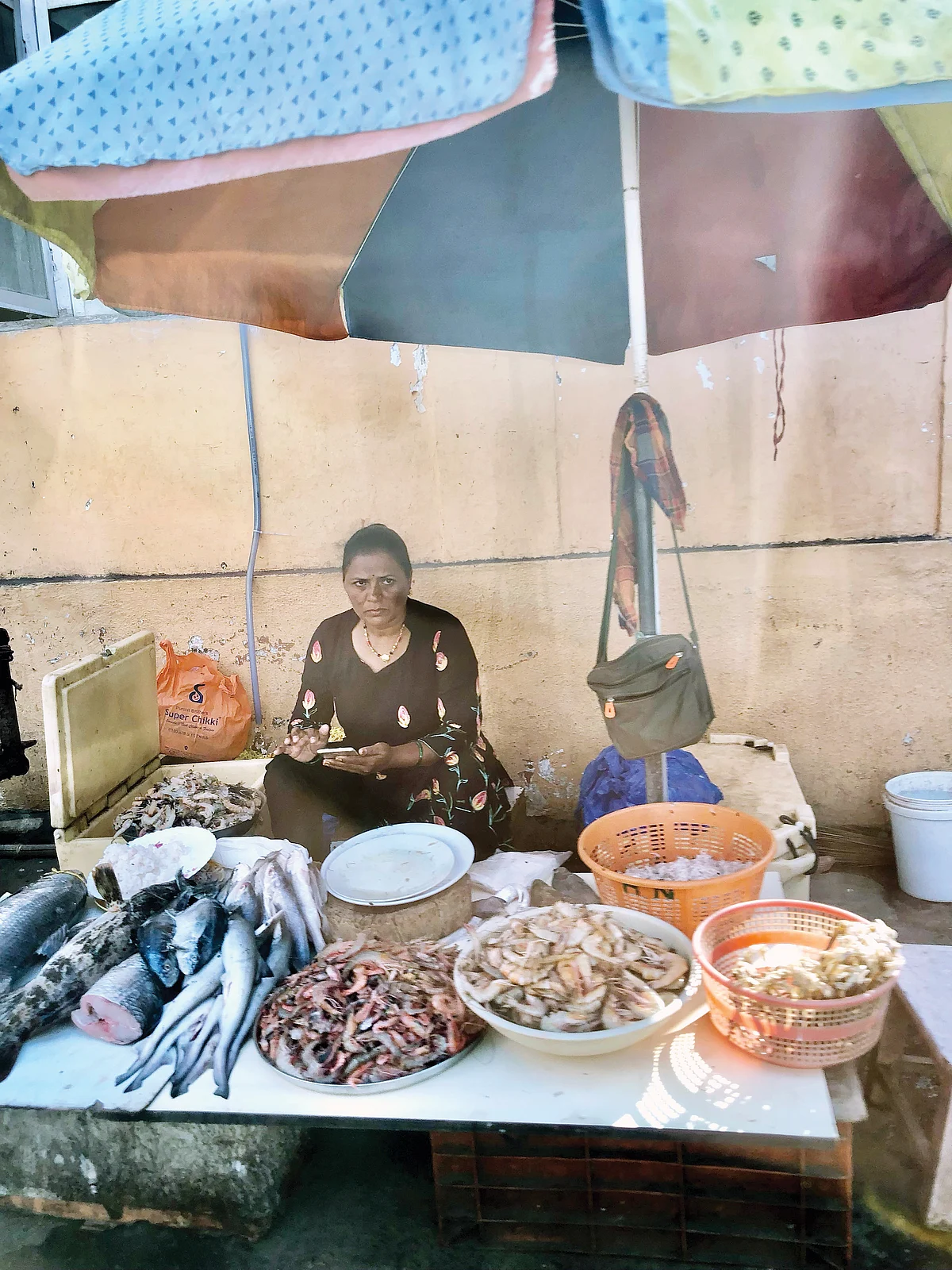
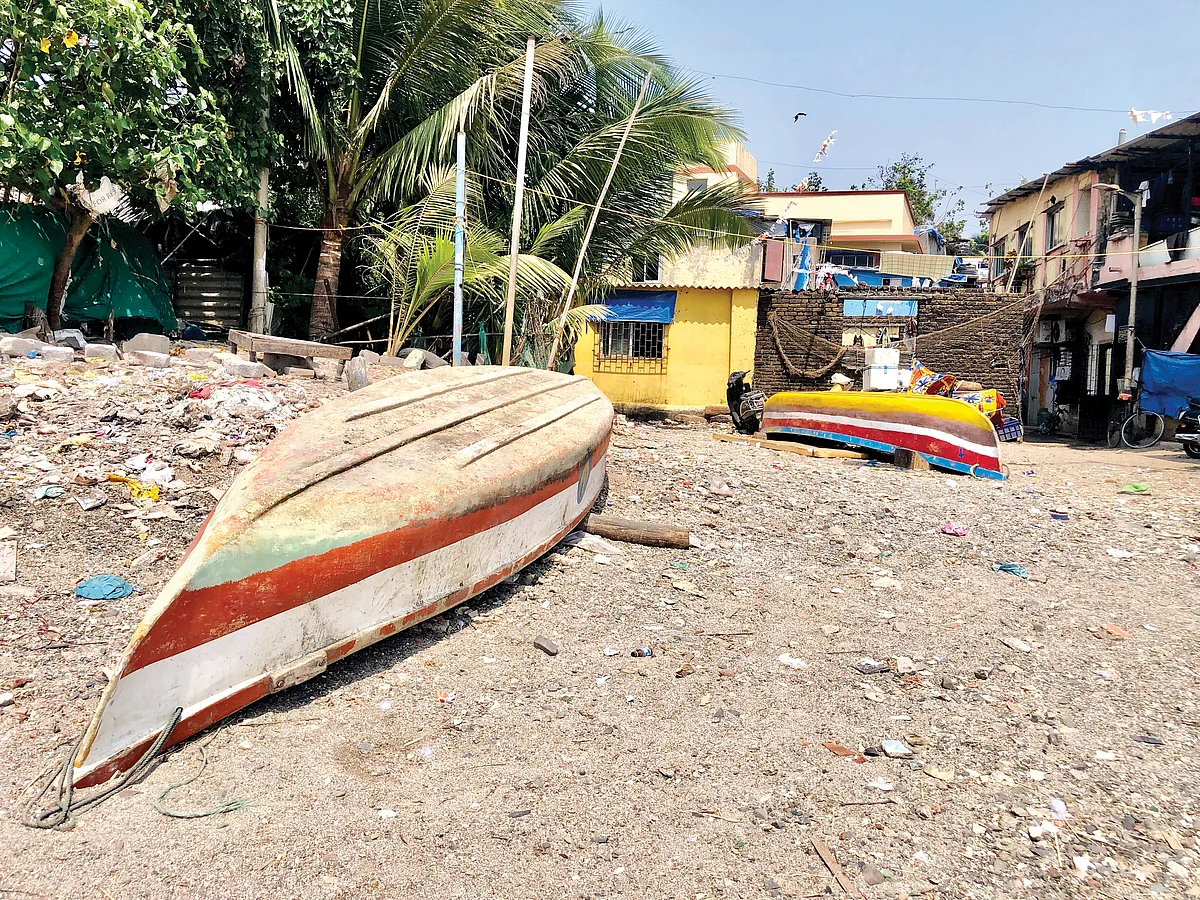
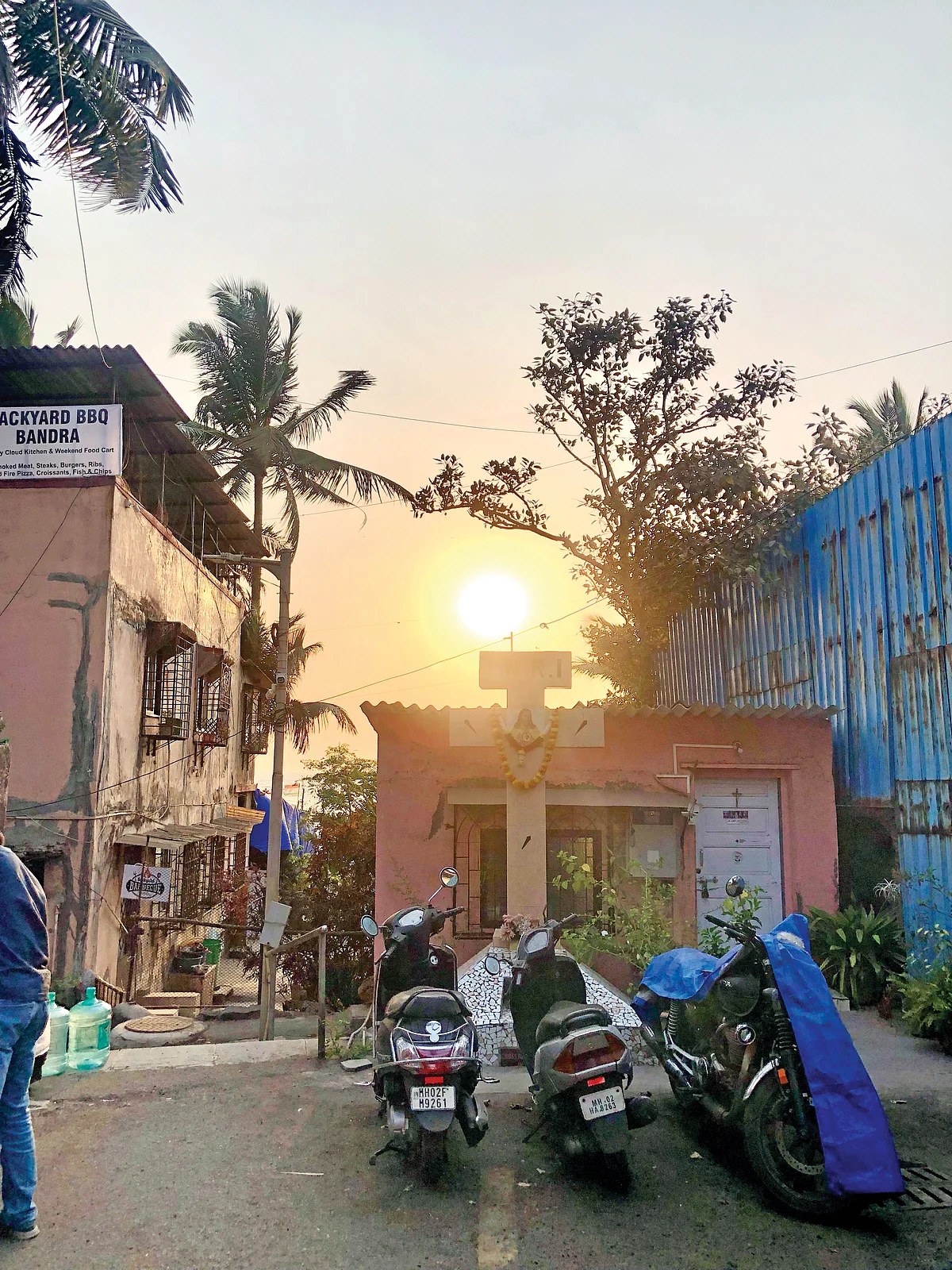
Go into one of the lanes that leads to the sea and you’ll find another world. Koli houses are close to one another and on many occasions, I have stumbled on some astonishing sights.
Once, while walking through the labyrinth of homes to get to the newly made jetty, I was greeted by the sight of a magnificent five-foot kite fish, brought straight from the boat to John the local fisherman’s house. The entire family and some neighbours were marvelling at the catch. When I asked what they’d do with it, they said that since big fish don’t have a market in this small village anymore, it would be sold at Sassoon Dock in south Mumbai later that day.
On another walk one evening in October, I found myself staring at a party at one of the houses on the beach. Adults dressed as witches, children as little devils, pitchforks forming a fence, and a pot-bellied man in a skeleton suit. What was going on?
I took a minute to extricate myself from the dichotomy. It was only Halloween, being celebrated with much gusto by Catholic families in this blissed-out fishing village, which is also home to tailors, butchers, biryani caterers, a laundry shop and undertakers. Talk about having it all.
When I speak to the inhabitants about how Chimbai once was, their eyes light up with a fondness that can only be found when one is speaking of home.
The boys of the Koli families don’t want to fish anymore and the girls don’t want to sell fish. But the men who do still fish, speak about how the catch has moved further into the sea and how once whales could also be spotted from here.
Is this hipster Bandra, you wonder, as you take in the sights and smells of this quaint village? And then you look up to find skyscrapers dotting the other side of the road, dragging you back to the present. But the soul of Chimbai isn’t easily overshadowed and life in this little strip of street will hopefully offer its stories and surprises for many decades to come.
---
DENISE D’SILVA is the author of The Beyond Curry Indian Cookbook and co-founder of Hyphen Brands. Follow her on Instagram @eatwander.repeat
Follow us on: Facebook, Twitter, Google News, Instagram
Join our official telegram channel (@nationalherald) and stay updated with the latest headlines
